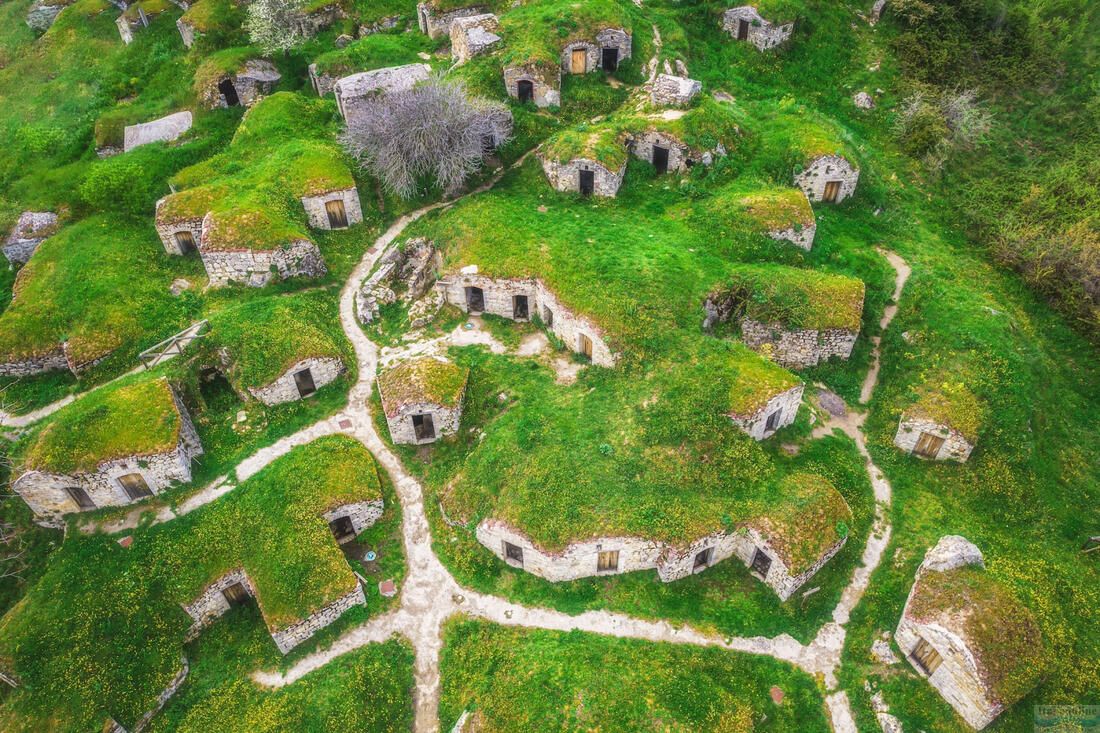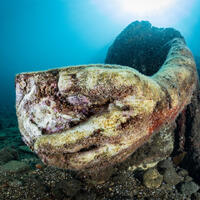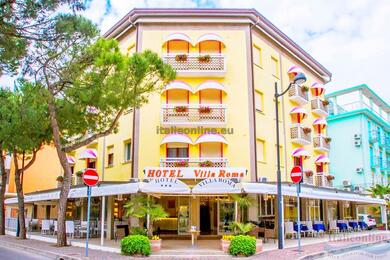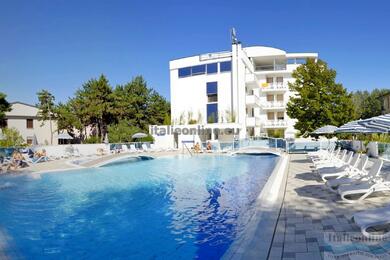Pietragalla has a long history that dates back to antiquity. Archaeological findings show that the area was inhabited in prehistoric times. During the Middle Ages, the town was an important centre thanks to its strategic location and the presence of several noble families who left their mark on the town in the form of historic buildings and monuments.
Pietragalla, located in the Basilicata region, has a long and rich tradition of winemaking.one of the most unique and interesting places in Pietragalla are the"Palmenti di Pietragalla", a unique set of ancient wine cellars (or rather presses) carved into the rock. These cellars, which have been used for wine production since the Middle Ages, offer a fascinating insight into the history of winemaking in the area.the unique and original millstones are made of stone and arranged at different heights. They form a harmonious composition of 200 caves. Inside, these buildings are equipped with tanks carved into the tuff rock for processing and fermenting the grapes.

Another important monument is the Church of Santa Maria del Carmine, which boasts magnificent frescoes and works of art. The historic centre of the town is full of narrow streets, stone houses and picturesque squares that have retained their ancient character.
Pietragalla is surrounded by beautiful countryside with rolling hills, forests and olive groves that offer great opportunities for hiking and outdoor activities. The nearby Appennino Lucano National Park is a popular destination for nature lovers to discover the rich flora and fauna of the region.
The town is also known for its traditional celebrations and festivals, which take place throughout the year. Among the most important is the "Festa di San Rocco", which takes place in August and includes religious processions, music, dancing and local gastronomic specialities.
The cuisine in Pietragalle reflects the richness and simplicity of traditional Italian cooking. Typical dishes include pasta with various sauces, local cheeses, salami and, of course, quality olive oil. The local wine, made from grapes grown in the surrounding vineyards, is another delicacy not to be missed.







